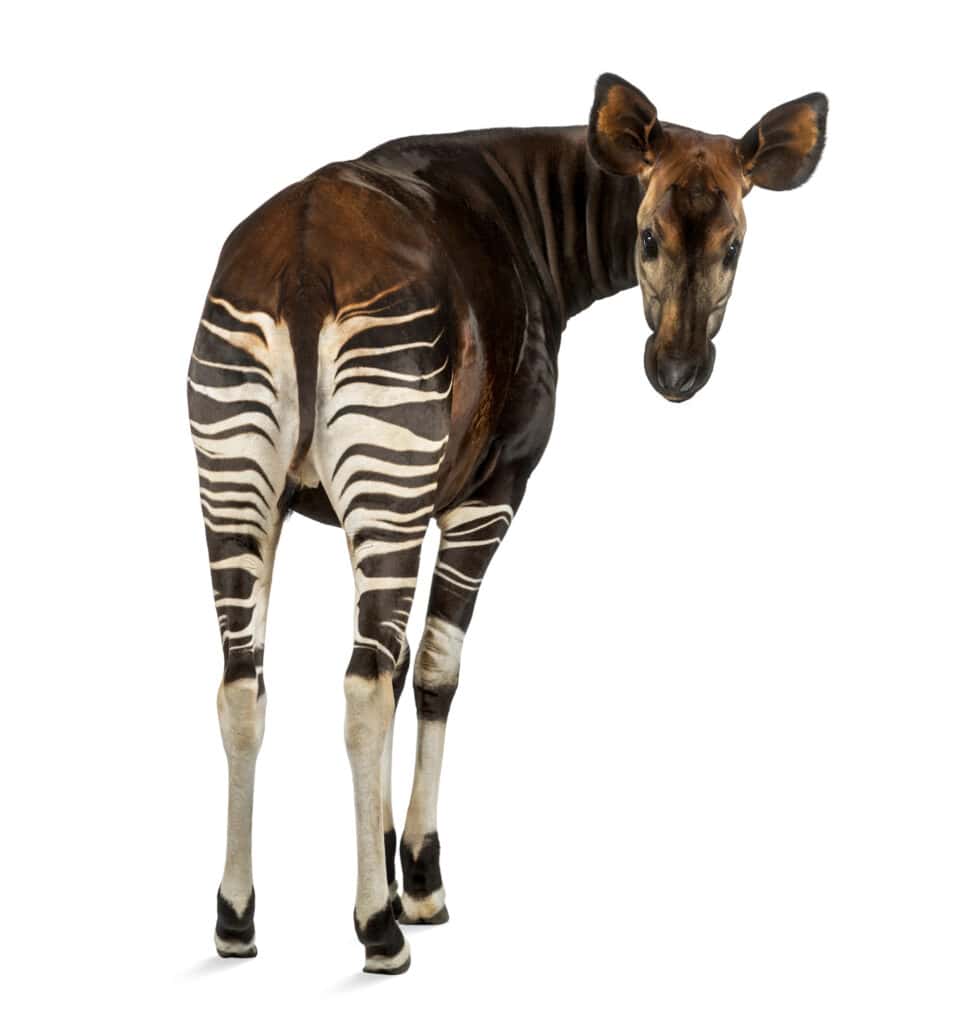Learn about some of the most unique animals you likely did not know existed. Until today, I didn’t know some of these beautiful creatures listed here lived on earth!
Aye-aye
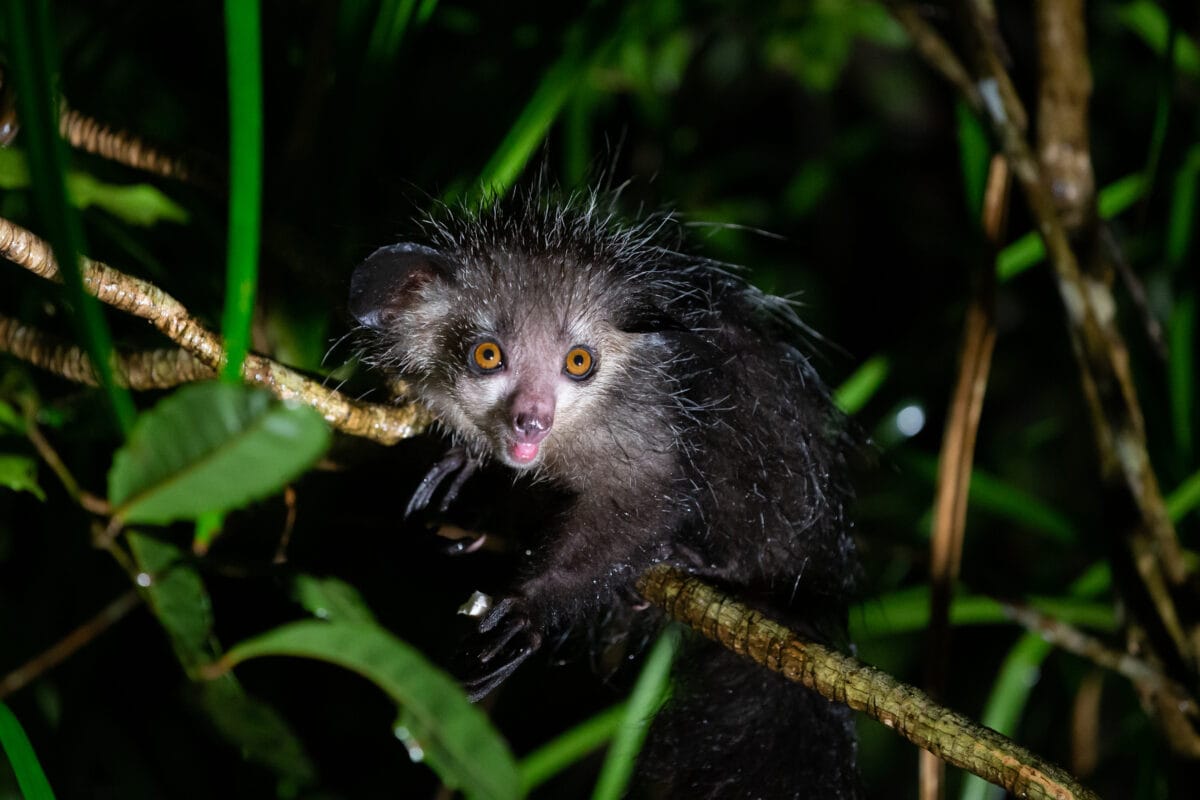
The aye-aye (Daubentonia madagascariensis) is one of the most unique nocturnal primates in the lemur family. It has unique large ears and continuously growing incisors like a rodent’s. Its long fingers are used for foraging various fruits, nuts, nectar, and insect larvae.
The Aye-aye is currently classified as Endangered by the International Union for Conservation of Nature (IUCN). They are often killed on sight due to local superstitions. The Malagasy believe that seeing an aye-aye is an omen of bad luck or death.
Galapagos batfish
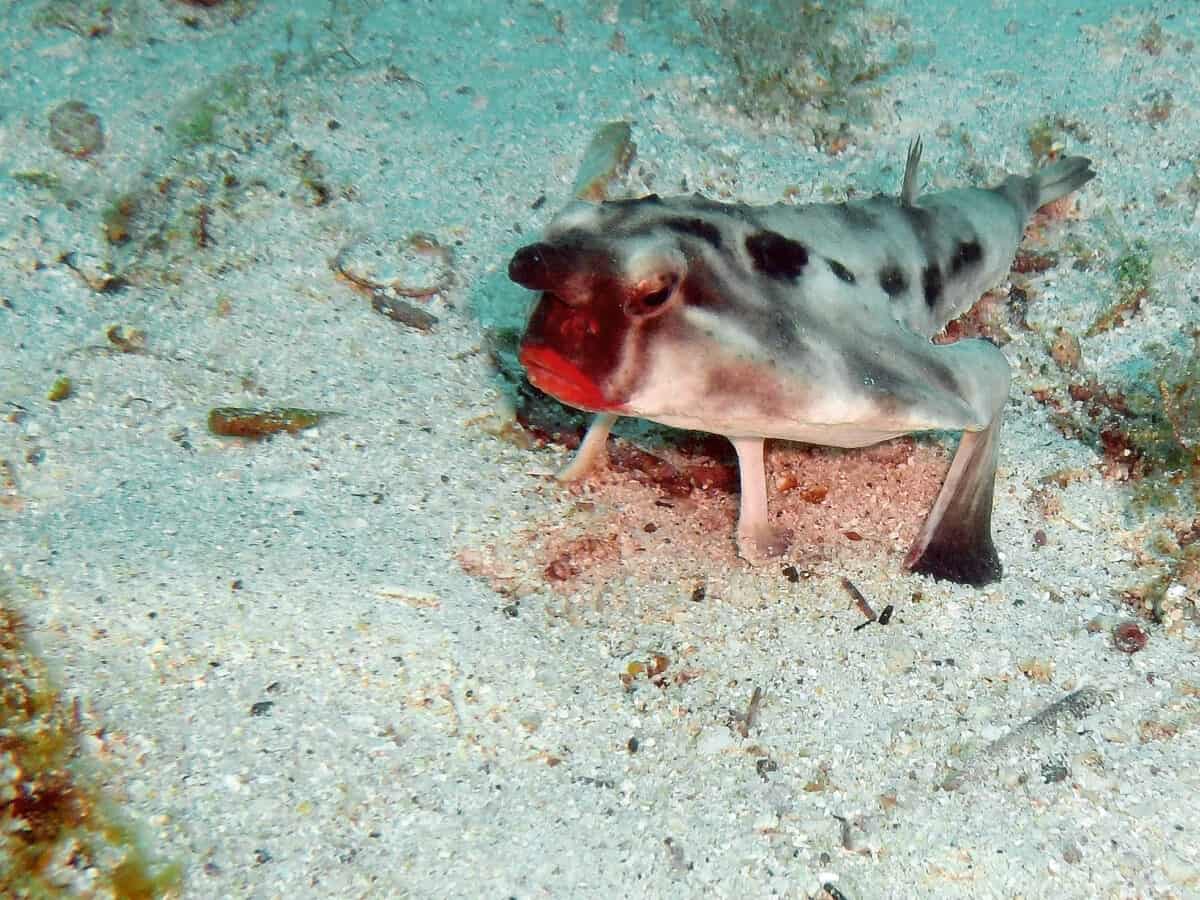
The Galapagos, or red-lipped batfish (Ogcocephalus darwini), is a strange-looking creature I hadn’t heard of before today! Their most distinctive feature is its bright red lips, which scientists believe play a role in mating rituals.
The red-lipped batfish has pectoral fins that are adapted to function like legs. They are not strong swimmers; they walk along the seabed to hunt for food. Limited information is available on their population numbers.
Pink fairy armadillo
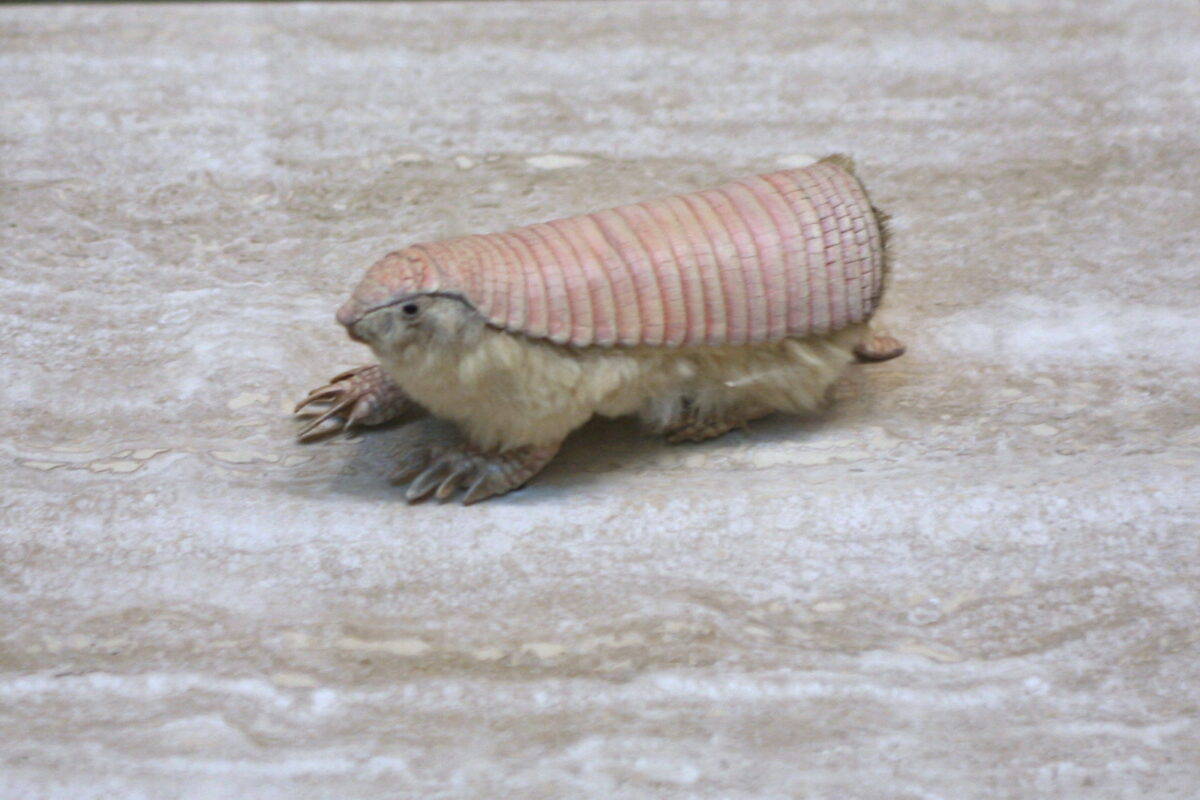
The pink fairy armadillo looks like a creature from a movie. It is native to central and southern Argentina and is known for its pink shell and tiny size. It is the smallest species of armadillo. Blood vessels in its carapace cause its unique pink color. It spends its days underground and only comes out at night.
According to IUCN this species is threatened. It is under pressure from habitat destruction, domestic animal predation, and climate change.
Gerenuk
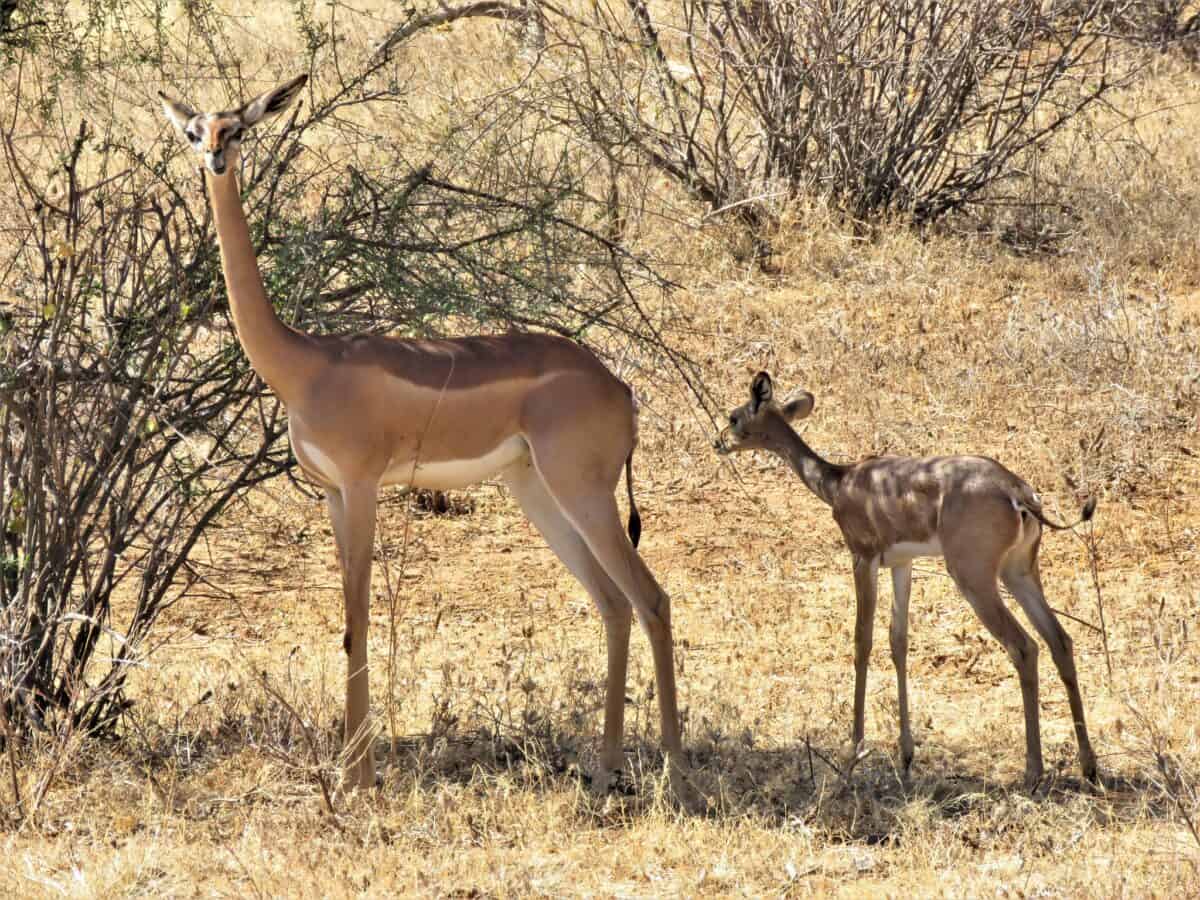
This unusual-looking animal has an extremely long neck compared to other antelopes. They have the longest necks relative to body size. However, Giraffes have the longest necks. This neck allows it to reach higher leaves than other antelopes. Remarkably, it is capable of standing on its hind legs to reach higher. According to the IUCN, the Gerenuk is Near Threatened.
Fossa
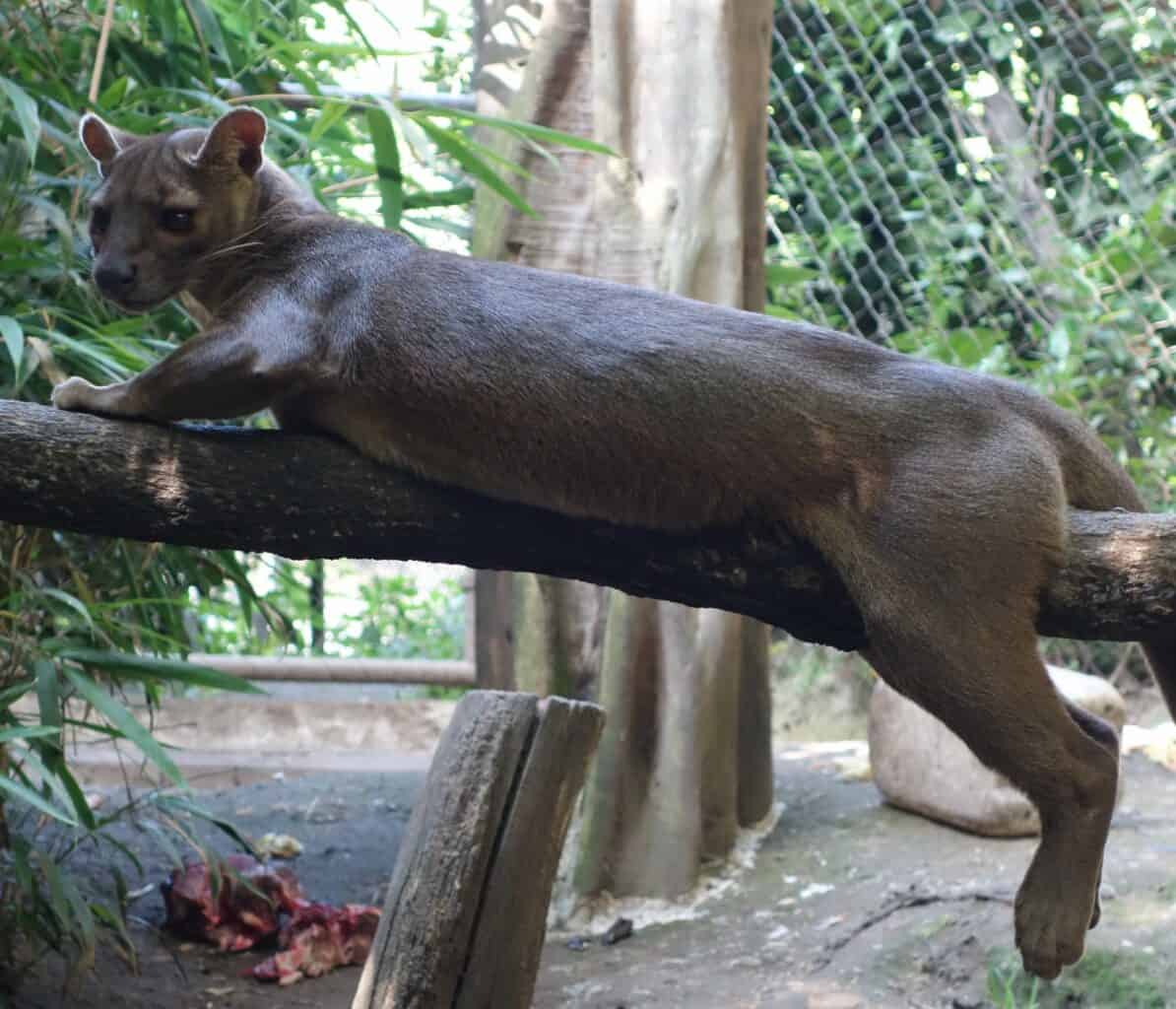
The fossa (Cryptoprocta ferox) is a carnivorous mammal native to Madagascar. It plays a role in maintaining the ecological balance by controlling the populations of its prey on Madagascar island. According to IUCN, the fossa is vulnerable. Their populations are threatened by deforestation, hunting, and competition with invasive species.
Axolotl
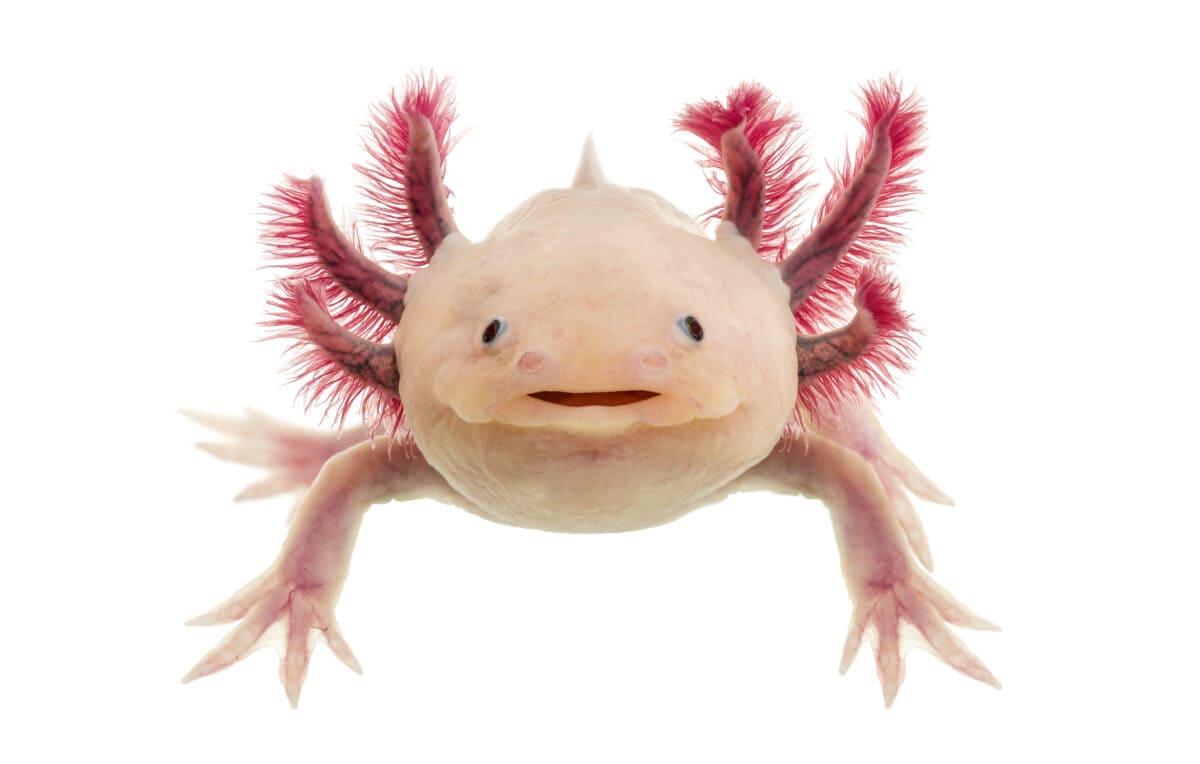
You might have encountered this unique species of salamander before. This Mexican walking fish is unlike most amphibians and spends its entire life in water. It is well known for its regenerative abilities. It can regenerate entire body parts, including limbs, tail, heart, and brain! According to IUCN, it is critically endangered.
Okapi
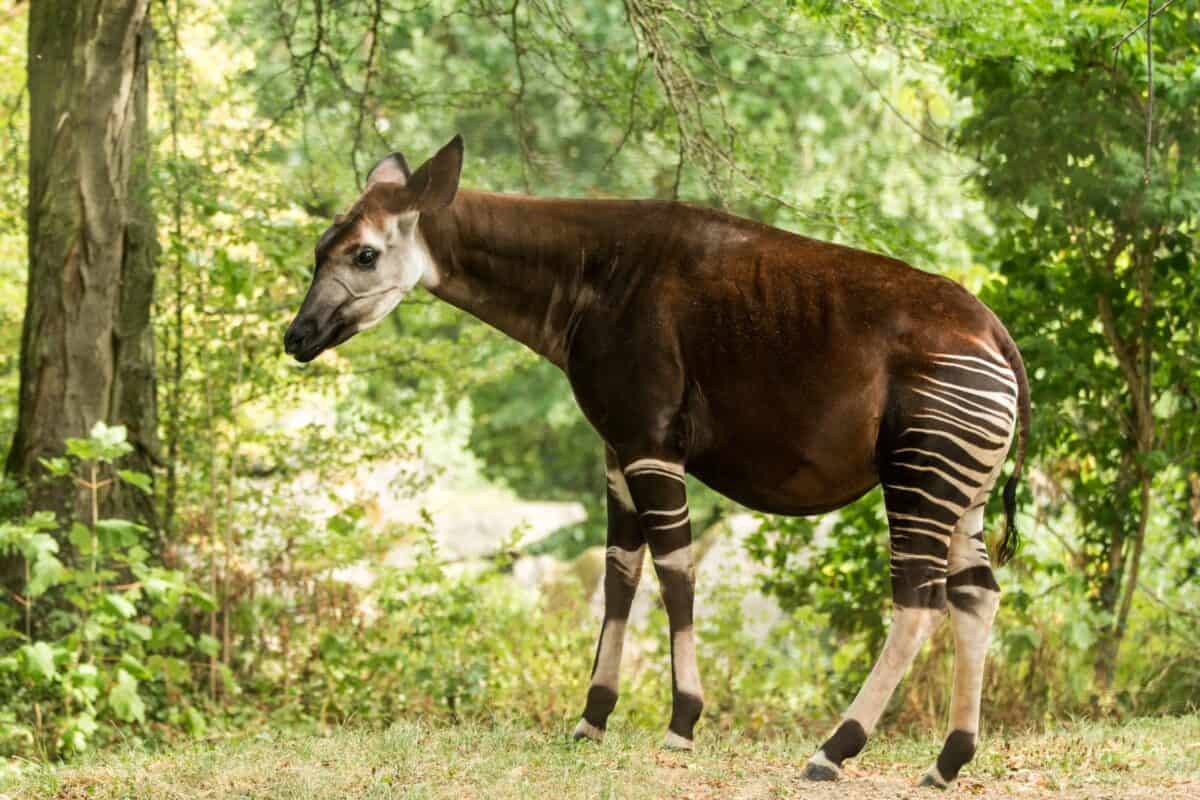
The Okapi (Okapia johnstoni) is often called the “zebra giraffe.” This makes sense because the markings on their legs resemble those of zebras. However, the Okapi is the only living relative to giraffes, not zebras! It is found exclusively in the rainforests of the Congo. Unfortunately, it is considered endangered and threatened by logging, human settlement, illegal mining, and poaching.
They were only discovered in the early 20th century, making them one of the last large mammals to be discovered.
You might also enjoy:
- 10 Weirdest Animals
- 27 Weird Sharks of the World
- 15 Fascinating & Weird Animals in the Amazon Rainforest
Join our Forum for free today!

- The Bond Between a Wild Baby Bison and Her Rescuer - July 20, 2024
- An Excited Husky’s First Ever Time in Snow - July 20, 2024
- Top 20 Colorful Species To Brighten Your Day - July 14, 2024

